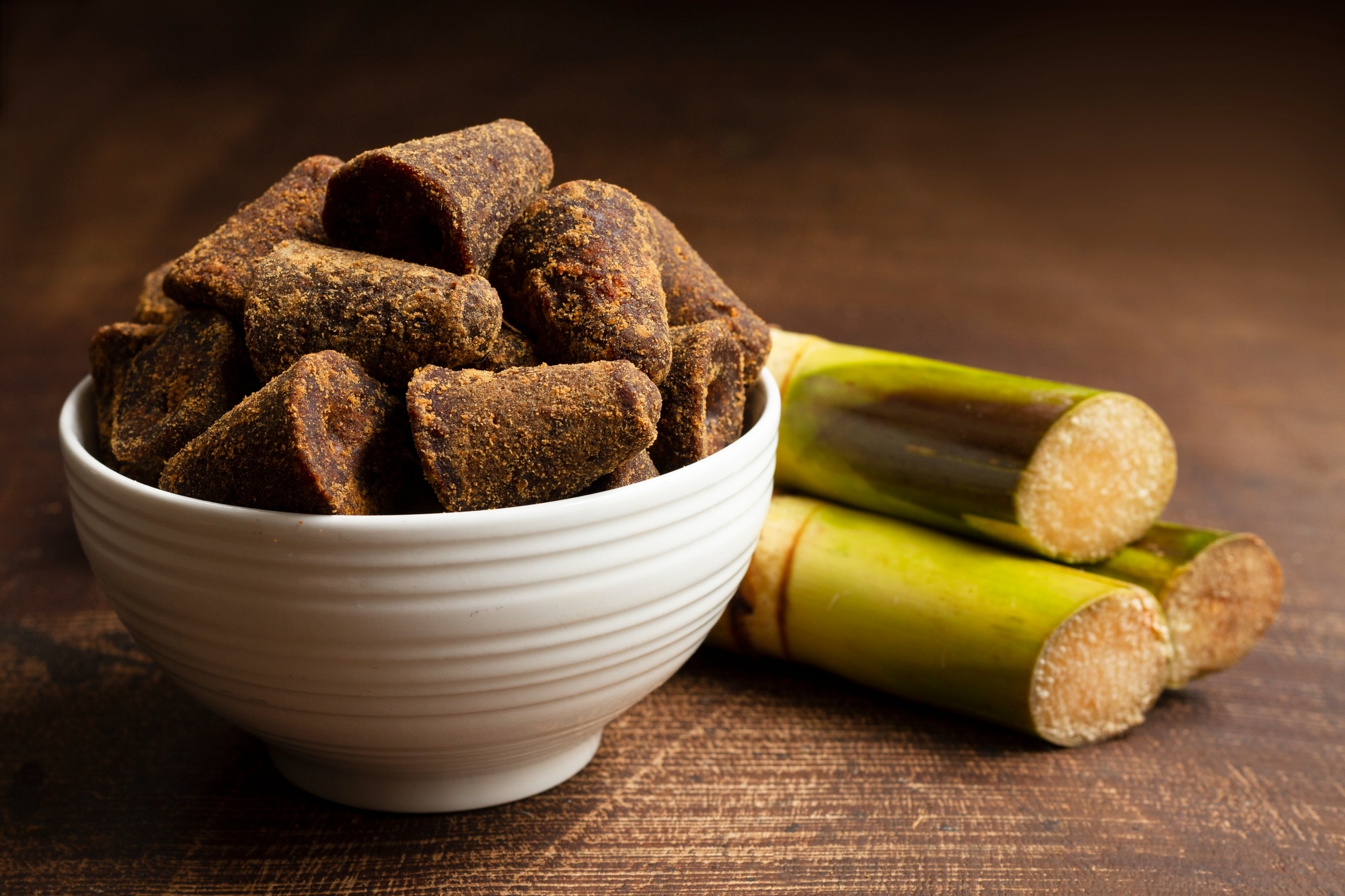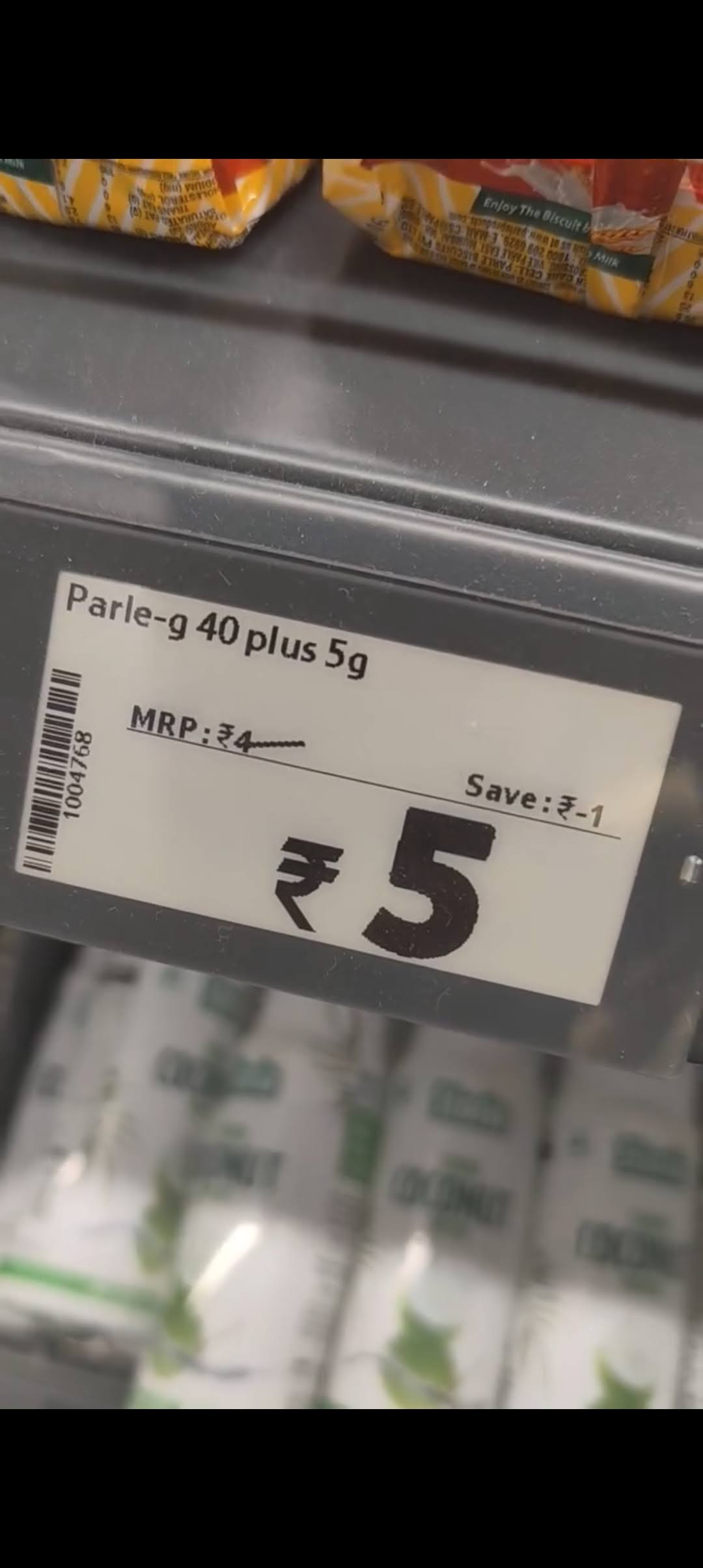Some people with narrow views of the possibilities ask, "Why would you drink wine with a sandwich?" I say, "Why on earth wouldn't you?"
Bread and wine are a foundation of civilization. A sandwich simply adds other flavors to the equation, and very few foods won't be improved by wine.
Let's quickly dismiss those that will not: A jam sandwich will not go with wine, even if the jam is made from the finest wine grapes and painted on the best bread. Too sweet, although some sweet sandwiches may go beautifully with wine. How about a Nutella sandwich paired with Madeira?
Peanut butter? Much better with beer. Try a peanut-butter-and-jelly on rye with a crisp pilsner if you don't believe me. Speaking of beer, it's hard to do better than a pleasingly bitter lager with a pastrami sandwich, although good dry riesling will taste pretty good. Egg salad? Well, I don't particularly care for egg salad, but it doesn't strike me as a good match for most wines, although Champagne may do the trick because it's often a good choice with eggs.
Almost anything else is fair game. With a peppery porchetta sandwich the other day, I drank a 2012 Clos Ouvert "Primavera" from Louis-Antoine Luyt, a Burgundian transplant who is making some of the most delicious wines from Chile. This was a fresh red blend of carignan, cinsault, cabernet sauvignon and país, otherwise known as mission in California and listán prieto in the Canary Islands. The cool, lightly spicy wine was just right with this straightforward and superb sandwich.
What would cause anyone to resist the notion of drinking wine with sandwiches? Perhaps too many people associate wine with stilted formality, which doesn't correspond to the determined nonchalance of most sandwiches, unless of course you are one of the fastidious few who insist on dismantling them with fork and knife, napkin at the ready. Wine is formal? Nonsense. What would picnics in the park be without it? Or fishing, without the bottle of white dragging in the cool water behind the boat?
If it's informality you want, serve the wine in a tumbler or paper cup. Guzzle it out of a goatskin like the Basque herders. Wine can match any occasion, no matter how relaxed. Sandwiches, by the way, are not always unceremonious. Why else raise a pinkie when lifting that crustless finger sandwich to the lips? You never know which of those aristocrats may have claret in their cups rather than tea.
Americans tend to associate sandwiches with a hasty lunch, gobbled hurriedly at your desk while trying not to rain crumbs onto the keyboard. Modern notions of productivity have all but doomed the midday pleasure of a glass of wine with a meal, to say nothing of a martini or three, especially if you never leave the office. But what's to stop you on a weekend?
Last Saturday, I made a sandwich of a leftover crab cake on toasted whole wheat, with mustard and jalapeños. With it I had a glass of the same 2011 Huet Le Haut-Lieu Vouvray Sec that I enjoyed with the crab cakes at dinner the night before, and the combination of sandwich and supple wine was a pleasure regardless of the added piquant accent.
If you accept that wine can go with almost anything, sandwiches become just another food. To pick a wine, consider primarily the dominant flavor of the filling, as well as the context of the occasion. A crab cake sandwich like mine may have paired beautifully with a fine white Burgundy or a rich Austrian riesling. But wines like those demand to be shared and savored. They warrant contemplation. For a quick but wonderful lunch, a glass of the leftover white was perfect.
What would you drink with the signature triple-decker sandwich of central New Jersey known confusingly as a sloppy Joe, although it bears no resemblance to its ground-meat cousin? Like many great sandwiches, this sloppy Joe constructs an integrated unit out of disparate ingredients: turkey, roast beef, coleslaw, Russian dressing and Swiss cheese on rye bread. Any number of simple wines could complement this dish: fresh reds like modest Beaujolais or young cabernet francs from the Loire; crisp whites if you go easy on the Russian dressing, more substantial whites if you don't. Dry rosés would be lovely.
With complex sandwiches, as with contemporary dishes that offer complicated blends of seemingly discordant ingredients, traditions that govern wine selections must be dismissed. Nothing will be as natural as lamb with cabernet. A banh mi, for example, poses the same challenges for selecting a wine as many Asian cuisines. The combination of sliced pork, pâté, pickled vegetables, herbs and perhaps fermented fish sauce, all stuffed into half a baguette, was not constructed with wine in mind.
But that doesn't mean you must forgo wine, even though a beer with a banh mi is pretty great. A good dry riesling, a vibrant pinot noir or frappato rippling with acidity would go beautifully. Recently, I drank a pale red wine from Knauss, a producer in the Württemberg region in southwestern Germany near Stuttgart. It was lively and refreshing, made from the obscure trollinger grape, which is hardly better known as schiava in the Alto Adige region of Italy. This wine is sold by the liter under a screw cap and costs less than $20, and I would drink it happily with many different sandwiches, especially a good banh mi.
Even the modern hamburger can be a quandary. No, not the classic of savory ground beef and roll, delicious with any red wine (but go easy on the ketchup). The issue stems from the incessant desire of restaurants to pile stuff on: cheese, onions, tomato, bacon, a fried egg. The hamburger, so beautiful in its simplicity, becomes instead a riot of warring condiments that do not welcome wine. This, I submit, reflects a problem with chefs and burgers, not wine.
With the classics, like a club sandwich, you can probably guess my recommendations: whites or fresh reds, whatever you like. Bacon, lettuce and tomato, the club's close relative? I'd stick with a white or a rosé. A pan bagnat, that Proveçnal specialty that essentially stuffs a salade niçoise into round rustic roll? Most definitely a rosé. A sausage-and-pepper hero? Bring on the simple Chianti, the Lambrusco, the Montepulciano d'Abruzzo.
Just about every sandwich has more than a few wines that will bring out its best. There's rarely one right answer. With wine and sandwiches, the possibilities are endless.
© 2015 New York Times News Service











